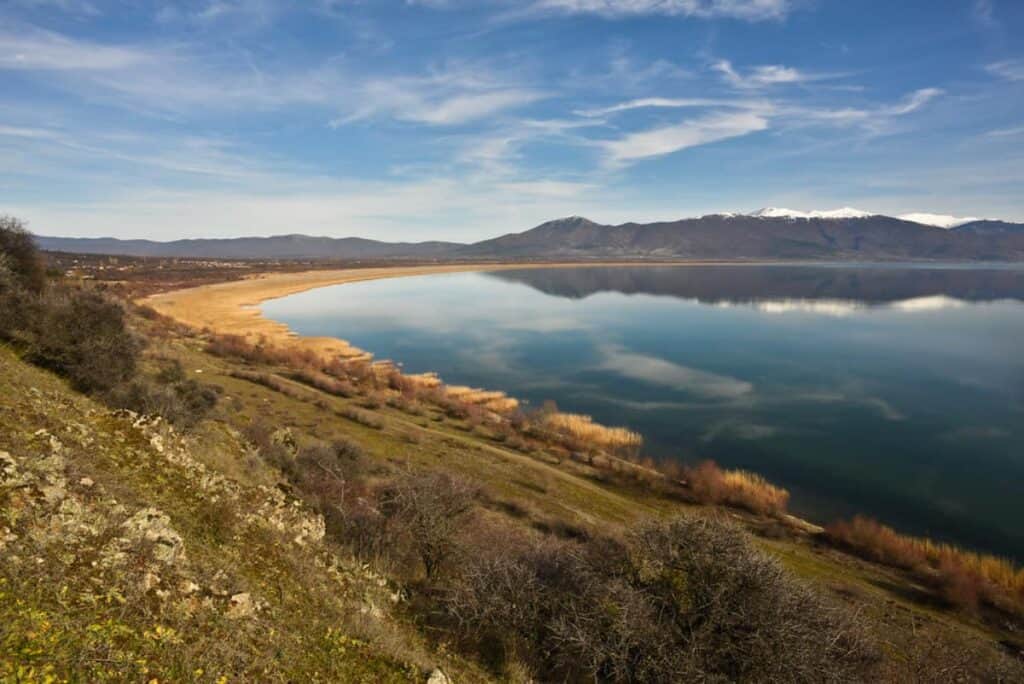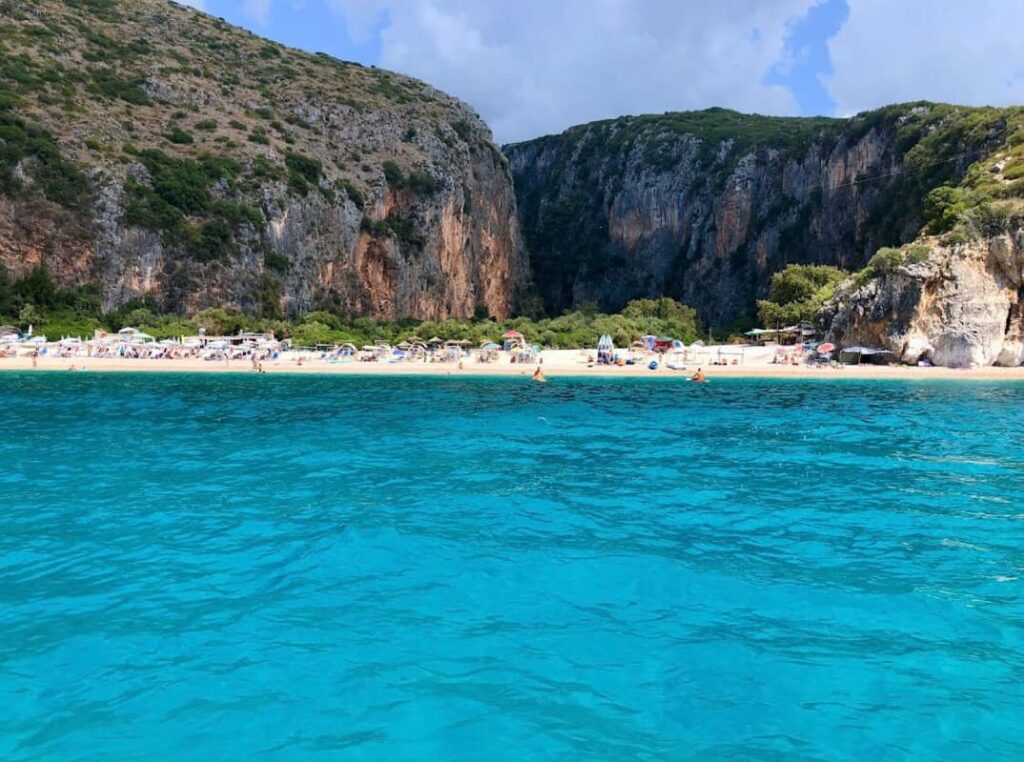Introduction
Central Albania is a region rich in history, offering visitors a chance to explore ancient ruins, medieval castles, and cultural landmarks that tell the story of the country’s vibrant past. From Illyrian settlements to Ottoman strongholds, these historical sites are a must-visit for history enthusiasts. This guide highlights the top historical sites in Central Albania and what makes each one special.
1. Berat Castle: A Living Fortress
Perched on a hill overlooking the Osum River, Berat Castle is a UNESCO World Heritage Site that dates back to the 4th century BC.
Highlights:
- Explore ancient churches, including the Church of St. Mary, known for its Onufri icons.
- Walk through the castle’s cobblestone streets and see homes still inhabited by local families.
- Visit the Onufri National Museum to learn about the region’s religious art and history.
Why Visit: Berat Castle is not just a historical site but also a living community, offering a unique glimpse into Albania’s past and present.
Tip: Visit during sunset for breathtaking views of Berat and the surrounding valley.
2. The Ruins of Apollonia
Once an important Greek and Roman city, Apollonia is an archaeological site near Fier that showcases ancient Albania’s role in Mediterranean trade and culture.
What to See:
- The Bouleuterion (council chamber) and other well-preserved ruins of the ancient city.
- The Archaeological Museum, is located within a Byzantine-era monastery.
- The Roman amphitheater, where public performances once took place.
Why It’s Unique: Apollonia offers a blend of natural beauty and historical significance, with ruins set against a backdrop of olive groves and rolling hills.
Tip: Combine your visit with a trip to the nearby Ardenica Monastery for a full day of exploration.
3. Krujë Castle: The Stronghold of Skanderbeg
Located in the town of Krujë, this castle was the center of Albania’s resistance against the Ottoman Empire, led by national hero Skanderbeg.
Highlights:
- Visit the Skanderbeg Museum, dedicated to the hero’s life and battles.
- Explore the Old Bazaar, a lively market selling antiques, souvenirs, and traditional crafts.
- Enjoy panoramic views of the Adriatic Sea and surrounding mountains.
Why Visit: Krujë Castle is a symbol of Albanian pride and resilience, making it a must-see for anyone interested in the country’s history.
Tip: Take a short hike to Sari Salltik Cave, a religious site with stunning views.
4. The Ardenica Monastery
This Orthodox monastery, built in the 13th century, is a serene and spiritual site near Lushnjë.
What to See:
- The Church of St. Mary, with its beautiful frescoes and intricate woodwork.
- The monastery’s library houses rare religious manuscripts and texts.
Why It’s Special: Ardenica is not only a place of worship but also a treasure trove of Albanian medieval art and history.
Tip: Visit in the spring when the surrounding fields are in full bloom.
5. Bashtovë Castle: A Venetian Legacy
Situated near Rrogozhinë, Bashtovë Castle is a rare example of a Venetian fortress in Albania, built in the 15th century.
Highlights:
- Walk along the castle’s well-preserved walls and climb its towers for panoramic views.
- Learn about its role as a trading post along the Via Egnatia, an ancient Roman road.
Why It’s Unique: Bashtovë Castle’s location on a plain, rather than a hill or mountain, sets it apart from most fortresses in Albania.
Tip: Visit in the late afternoon to capture stunning photos of the castle bathed in golden light.
6. The Mosaic of Tirana
Hidden in a residential area, the Mosaic of Tirana is an archaeological gem from the 3rd century AD, believed to have been part of a Roman villa.
What to See:
- The intricate mosaic floors depict floral and geometric patterns.
- Artifacts discovered at the site, are now displayed in Tirana’s museums.
Why Visit: The Mosaic of Tirana provides a rare glimpse into the ancient Roman presence in Albania’s capital.
Tip: Pair your visit with a trip to the National Historical Museum for more insights into Tirana’s history.
7. Durrës Amphitheater
Located in Albania’s second-largest city, the Durrës Amphitheater is one of the largest Roman structures in the Balkans.
What to See:
- The remains of the amphitheater, which once hosted gladiator battles and public events.
- The nearby Venetian Tower and Byzantine Forum for a broader historical context.
Why It’s Special: The amphitheater is a testament to the city’s importance during the Roman Empire.
Tip: Visit in the morning to avoid crowds and enjoy cooler temperatures.
8. The Castle of Petrelë
Perched on a hill overlooking the Erzen Valley, Petrelë Castle is a small but charming fortress near Tirana.
Highlights:
- Explore the castle’s towers and enjoy stunning views of the surrounding countryside.
- Learn about its strategic importance during Skanderbeg’s resistance against the Ottomans.
- Dine at the on-site restaurant, which serves traditional Albanian cuisine.
Why Visit: Petrelë Castle combines history with modern amenities, making it a great spot for a day trip.
Tip: Visit in the late afternoon for a romantic sunset experience.
Tips for Visiting Historical Sites in Central Albania
- Hire a Guide: Local guides provide valuable insights and context for the sites you visit.
- Plan Transportation: Some sites are remote and may require private transport or organized tours.
- Respect the Sites: Avoid touching or climbing on ruins to help preserve these treasures for future generations.
Why Historical Sites in Central Albania Matter
The historical sites of Central Albania offer a journey through time, from ancient civilizations to modern struggles for independence. Visiting these landmarks provides a deeper understanding of Albania’s cultural identity and resilience.
Conclusion
From the ancient ruins of Apollonia to the enduring legacy of Krujë Castle, Central Albania’s historical sites are a testament to the region’s rich heritage. Plan your visit today and step into the stories that shaped this fascinating country.


